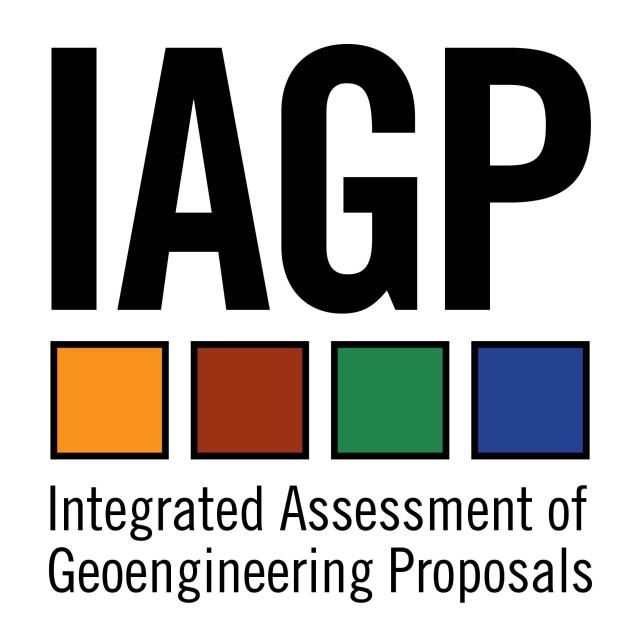You are hereA Comparison of Temperature and Precipitation Responses to Different Earth Radiation Management Geoengineering Schemes
A Comparison of Temperature and Precipitation Responses to Different Earth Radiation Management Geoengineering Schemes
In this latest study, published in the Journal of Geophysical Research: Atmospheres, IAGP researchers Julia Crook and Lawrence Jackson consider how effective different Earth radiation management schemes are at counteracting global warming. The researchers compared six different radiation management schemes that use surface, troposphere and stratosphere interventions in a single climate model in which they projected future climate from 2020 to 2099. Surface air temperature responses were analysed to determine how effective the schemes are at returning temperature to its 1986-2005 climatology; precipitation responses were analysed to compare side effects. It was found that crop albedo enhancement is largely ineffective at returning temperature to its 1986-2005 climatology. Desert albedo enhancement causes excessive cooling in the deserts and severe shifts in tropical precipitation. Ocean albedo enhancement, sea-spray geoengineering, cirrus cloud thinning and stratospheric SO2 injection have the potential to cool more uniformly, but cirrus cloud thinning may not be able to cool by much more than 1 K globally.
All the schemes, potentially able to return surface air temperature to 1986-2005 climatology under future greenhouse gas warming, have similar precipitation side effects, and, despite different forcing patterns, all result in large-scale tropical precipitation shifts caused by Hadley cell changes, while land precipitation changes are largely driven by thermodynamic changes. Widespread regional scale changes in precipitation over land are significantly different from the 1986-2005 climatology and would likely necessitate significant adaptation despite geoengineering.



